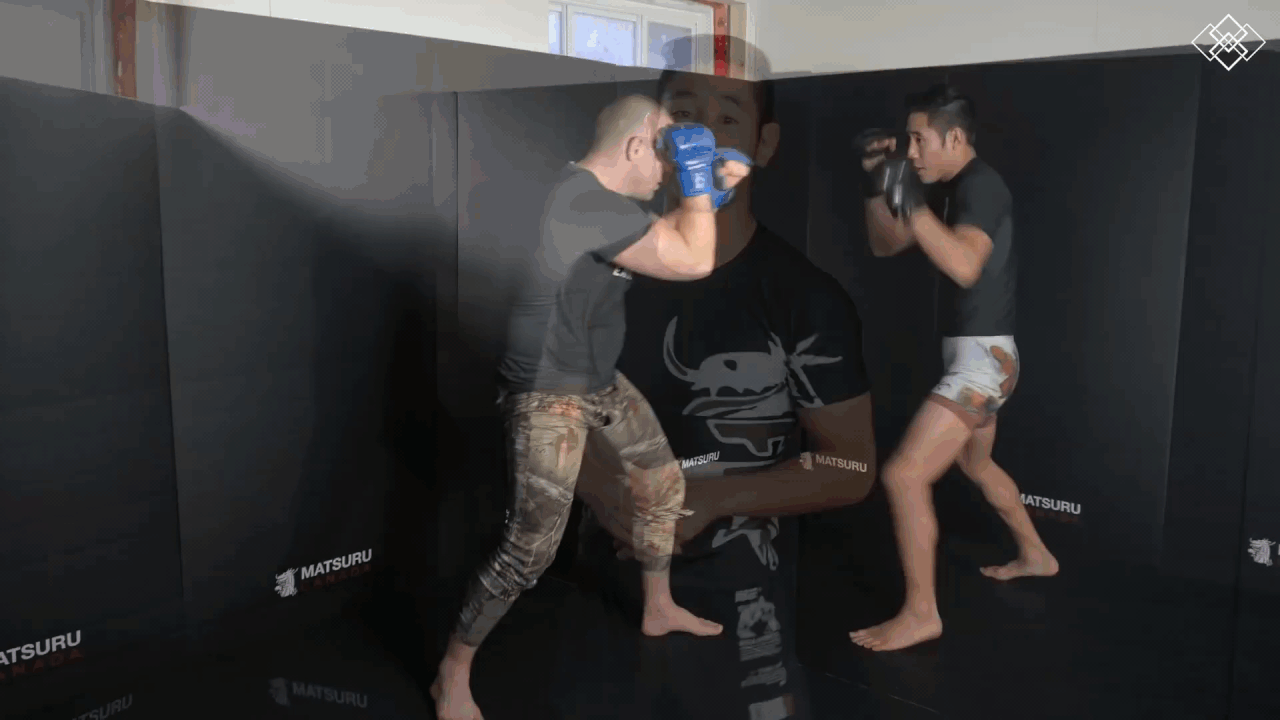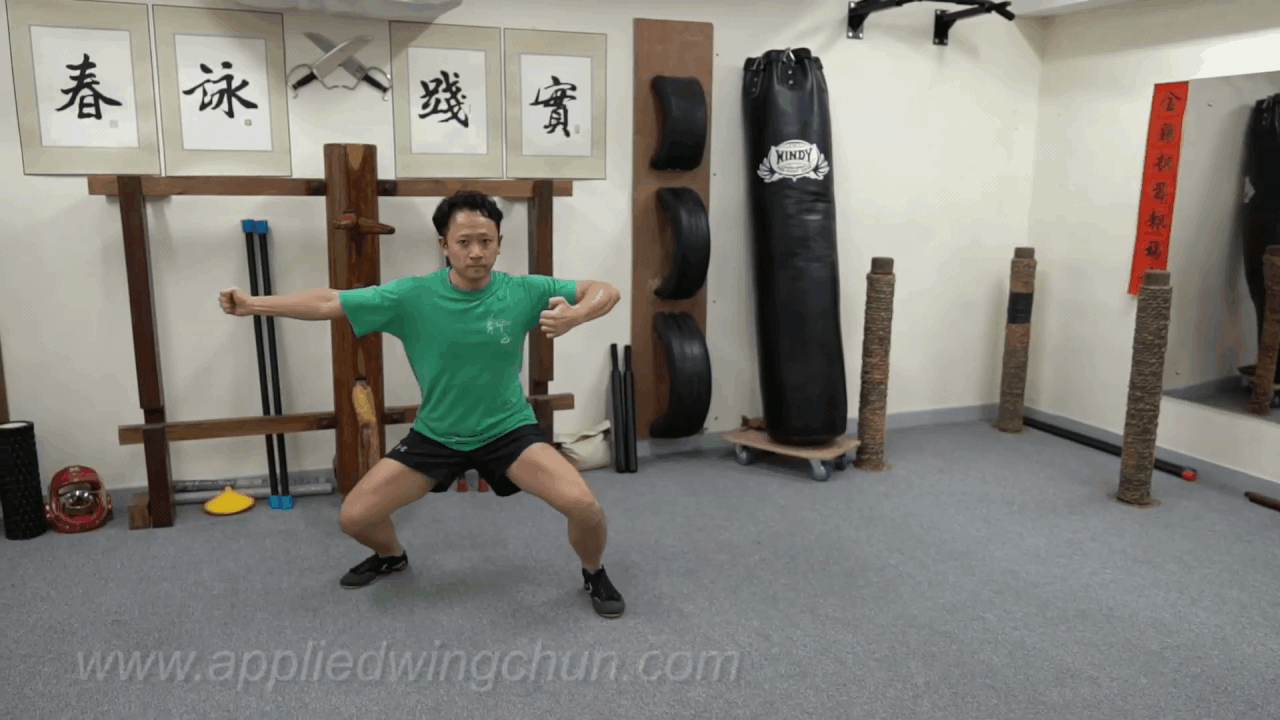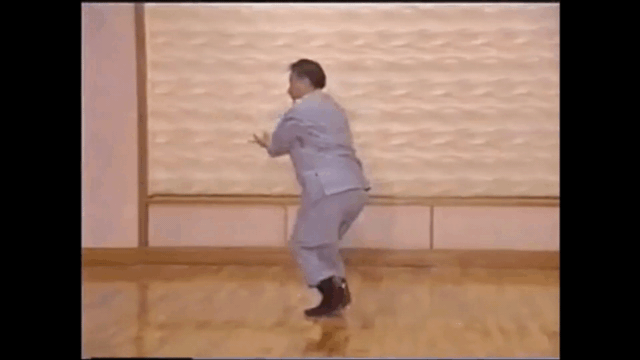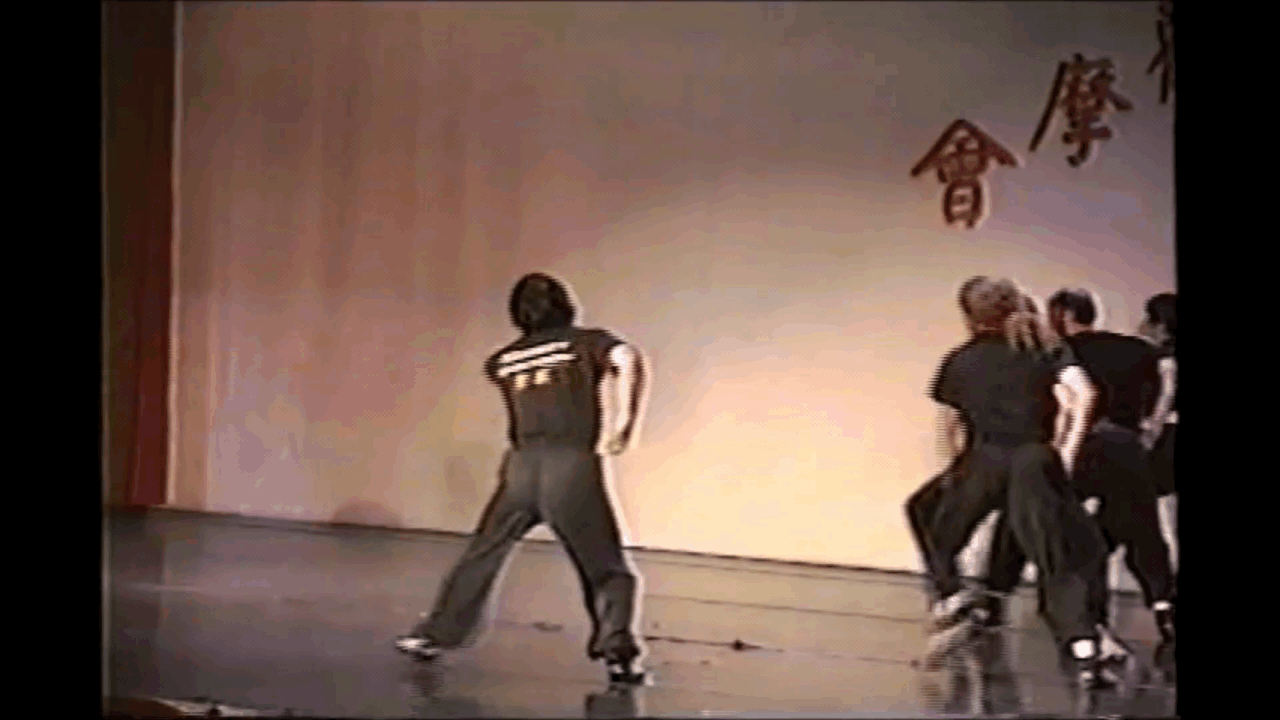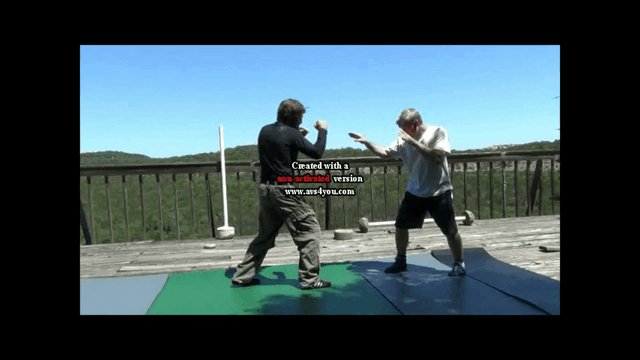I agree that we need to test our skill, but I also think there's more to the strategies contained within the WC system than what most of us (as a group) have interpreted.
Good discussion.
In my opinion Wing Chun functionality is about need, experimentation and experience.; and these are directly related to how we train. The system’s strength is its ability to stay applicable and relevant, adapting and changing when needed.
Wing Chun at its core is more a way of training for fighting than it is a group of techniques or pre-determined answers. This gives way for the adaption of its skills, shapes, actions and bio-mechanics, etc… to be applied to new challenges. It allows innovation to develop based on need and experience, which adds to the system’s aliveness and resilience. To a very large degree, it also advocates and teaches us to do what works and to always find ways for improvement.
So if the goal in Wing Chun is to hit with chained attacks, then the system serves as the strategy to utilize all of the concepts and principles of the system to do so: adapt to the opponent, attack the attack, always pursue center, angle to take position, hands on top, attack and defense in a single action, responsive footwork, direct and efficient, etc… to name a few. The consistency of strategy in this context, is the ability to implement the skills, concepts and structure of the system to execute those actions.
To say there should be a specific “strategy” in Wing Chun, in my opinion, is to miss the essence of what the system teaches us and the concepts and principles that it encompasses.
